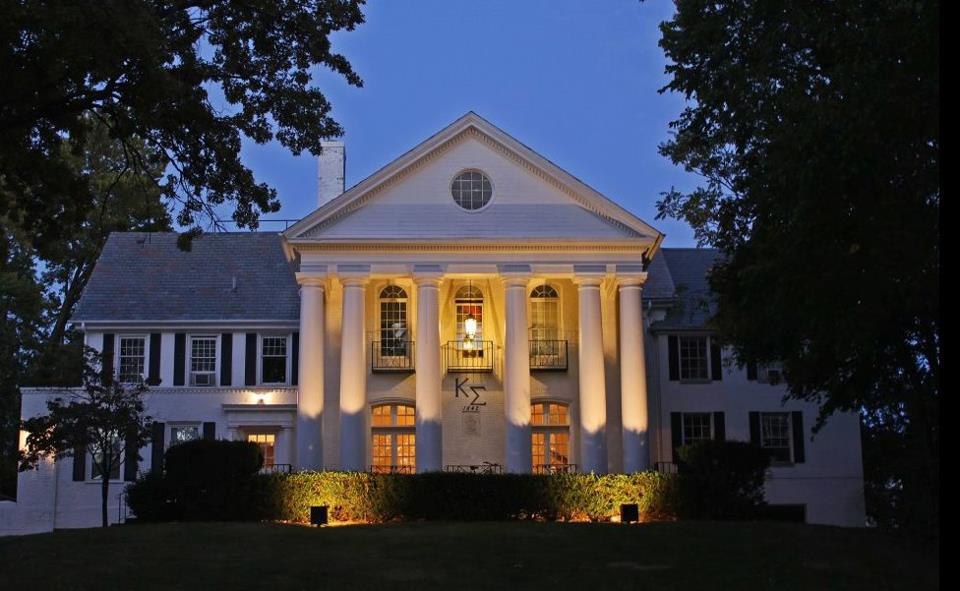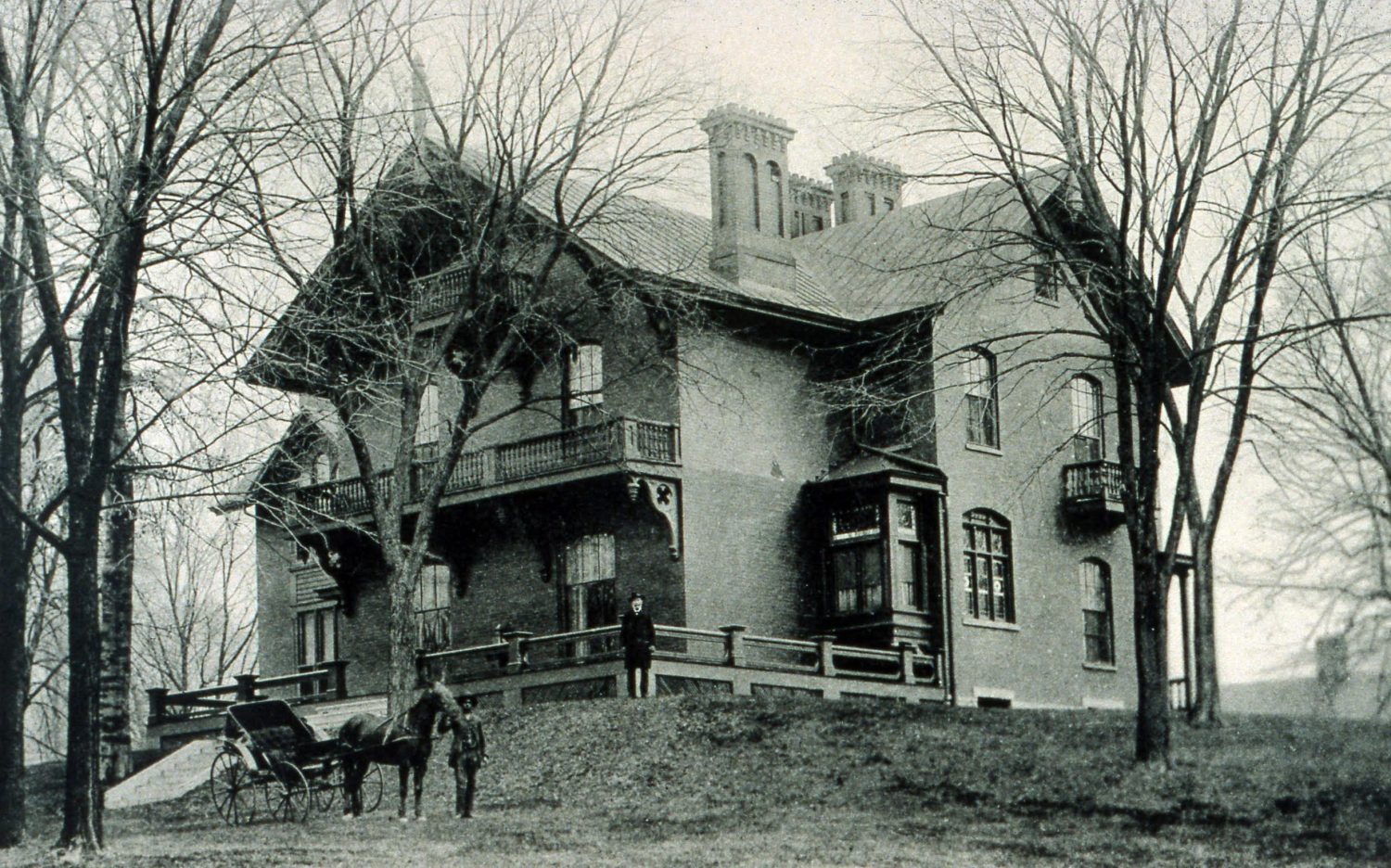How an OSU fraternity is tied to Columbus’ lengthy history in the Underground Railroad

On a fall afternoon in 1932, an elderly man knocked on the front door of Ohio State University’s Kappa Sigma fraternity house and gave a young pledge the surprise of his life.
The visitor asked Bob Thomas if he could visit the stately home’s basement, to see the room where he was hidden as a runaway slave some 70 years earlier.
A tunnel, which has since been sealed off, reportedly runs from the basement of the fraternity house to below the nearby Pi Beta Phi sorority house, and then westward to the Olentangy River.
The Olentangy was favored by many runaway slaves as a direct route north; the water masked their scent from any approaching bloodhounds.
BROUGHT TO YOU BY
The former Kappa Sigma house is just one of more than two-dozen Central Ohio buildings that have been verified as “stations” on the Underground Railroad during the Civil War and the years leading up to it. Ohio had about 3,000 miles of secret routes – more than any other state.
So, it’s not surprising that Columbus and the surrounding area had many stations and “conductors” who operated them. These men and women, some white, some Black, faced fines and prison sentences for harboring and transporting slaves.
Early Columbus developer and landowner William Neil built the large, brick, hilltop home that would become the Kappa Sigma house in 1856, for his eldest son, Robert. Some believe the structure was placed atop an Indian mound, given the many Native American artifacts that were uncovered during its construction. William Neil owned a large amount of land in the area and later donated 300 acres for the establishment of what would become The Ohio State University.

Perhaps the best-known of the local Underground Railroad stations is another iconic Columbus building: Kelton House.
When it was constructed in 1852, it was the last house on Town Street and surrounded by pastureland. Owners Fernando and Sophia Kelton were abolitionists who belonged to the local anti-slavery society. According to family tradition, runaways were hidden in a barn at the rear of the property or in the servants’ quarters. There is a documented story about two little girls who were found hiding in shrubbery next to
the home. Fearing that Ohio wasn’t safe, one of the girls continued north to Wisconsin. The other, 10- year-old Martha, was too ill to accompany her and stayed with the Keltons for the next 10 years.
In 1874, Martha married Thomas Lawrence in the front parlor of the Keltons’ home. Thomas had been born to free, Black parents and was employed by the Keltons as a cabinetmaker. The young couple proceeded to name the older of their two children Arthur Kelton Lawrence, illustrating the close relationship between the two families. Arthur went to medical school and was a practicing physician in Columbus for the next 33 years.
The Kelton House operates today as a museum with costumed docents and pre-recorded audio. The landmark home is maintained by the Junior League of Columbus.
Another notable Columbus-area station was the home of the Hanby family, built in 1846, in Westerville. Bishop William Hanby was one of the founders of nearby Otterbein University. His son Benjamin followed his father into the ministry, but was also a teacher, abolitionist, musician and composer.
Benjamin gained fame for two songs in particular – the Christmas-themed “Up on a Housetop” and the anti-slavery tune, “Darling Nellie Gray.”
While living with his family in Westerville, it was young Ben’s job to guide runaways in the darkness of night from the Hanby barn to a wagon equipped with a false bottom. A neighboring tool maker named Thomas Alexander would then drive the hidden men, women and children to other safe houses in Delaware or Alum Creek, on their way north.
The National Park Service has designated the Hanby House in Westerville as a significant Underground Railroad site, and it’s listed on the National Register of Historic Places. Today, the Westerville Historical Society operates it as a museum.
These are but a few of the verified safe havens in this area. We’ll never know how many runaway slaves were aided by abolitionists in Columbus. But of the estimated 100,000 slaves who ran away from their masters during this period, about 40,000 are believed to have traveled through Ohio. With Columbus being centrally located and having plenty of nearby rivers and creeks for escape routes, the capital city was undoubtedly one of the most important cities on the Underground Railroad.
Want to read more? Check out our print publication, (614) Magazine. Learn where you can find a free copy of our new February issue here!
BROUGHT TO YOU BY




